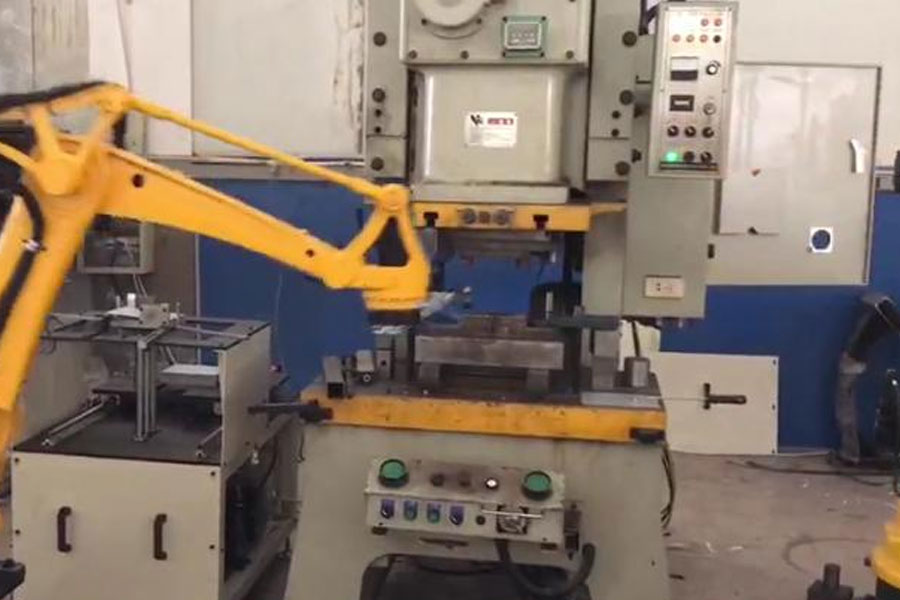1. According to the classification of mold processing technology, Metal Stamping dies can be divided into
- 1. The blanking die is a metal die that separates materials along a closed or open outline. Such as blanking die, punching die, cutting die, cutting die, trimming die, cutting die, etc.
- 2. The bending die is a stamping die that bends the blank or other blanks along a straight line (bending line) to obtain a workpiece with a certain angle and shape.
- 3. The drawing die is a kind of metal die, which makes the blank into an open hollow part, or further changes the shape and size of the hollow part.
- 4. The forming mold is a mold for directly copying and forming a blank or semi-finished product according to the shape of the punch and the punch in the figure, and the material itself only produces partial plastic deformation. Such as bulging dies, necking dies, flaring dies, corrugated forming dies, flanging dies, forming dies, etc.
2. According to the classification of the degree of process combination, metal stamping dies can be divided into:
- 1. The die only completes one stamping process in one punching stroke.
- 2. The compound mold has only one station. In one punching stroke, the mold can complete two or more stamping processes at the same time.
- 3. The progressive die (also called continuous die) has two or more worktables in the feed direction of the blank. In one stroke of the press, the mold continuously completes two or more stamping processes on different workstations.
3. According to the classification of the typical structure of the mold, the metal stamping dies can be divided into:
- 1. Process parts: it directly participates in the completion of the processing and directly contacts the blank, including working parts, positioning parts, unloading and stamping parts, etc.
- 2. Structural parts: These parts do not directly participate in the process of completing the process, nor do they directly contact the blanks. They only play a role in ensuring the completion of the mold process or improving the function of the mold, including guides, fasteners, standard parts, etc. It should be pointed out that not all dies must have the above six parts, especially single-process dies, but working parts and necessary fixed parts are indispensable.

Leave a Reply